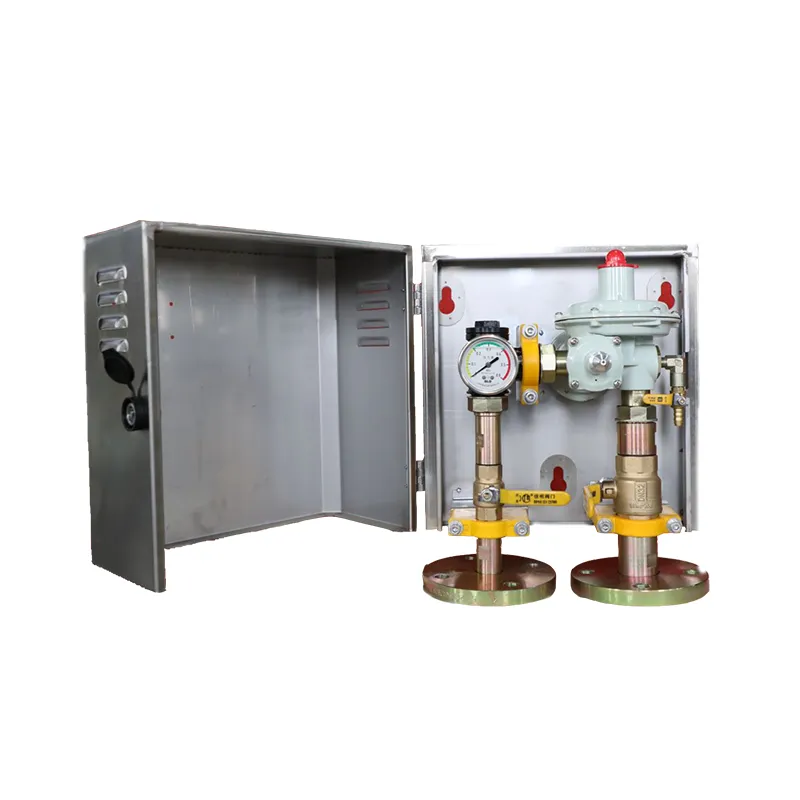
Dec . 30, 2024 11:12
Back to list
Electric Auxiliary Heater for Enhanced Heating Performance in Residential Spaces
Understanding Electric Auxiliary Heaters An Overview
Electric auxiliary heaters play an essential role in various heating systems, particularly in vehicles and buildings. These heaters are designed to provide supplemental heat, ensuring comfort during cold weather and improving the efficiency of primary heating systems. This article aims to delve into the workings, applications, and advantages of electric auxiliary heaters, shedding light on their importance in modern heating solutions.
What is an Electric Auxiliary Heater?
An electric auxiliary heater is a device that uses electrical energy to generate heat. It is typically used alongside a primary heating system, such as a combustion engine heater or a heat pump, to provide additional warmth when necessary. These heaters are particularly beneficial in situations where the primary heating method is insufficient, inefficient, or slow to respond.
There are two main types of electric auxiliary heaters resistive and heat pump-based. Resistive heaters generate heat by passing an electric current through a resistive element, producing thermal energy. On the other hand, electric heat pumps transfer heat from the outside air or ground to warm indoor spaces, making them more energy-efficient under specific conditions.
Applications of Electric Auxiliary Heaters
Electric auxiliary heaters can be found in various applications, including
1. Automobiles Many modern vehicles are equipped with electric auxiliary heaters to provide instant warmth in cold weather. Unlike traditional heaters that rely on the engine's heat, these electric heaters can quickly warm the cabin without needing the engine to be heated up first. This feature is particularly useful for electric and hybrid vehicles, which may not generate sufficient engine heat during short trips.
2. Building Heating Systems In residential and commercial buildings, electric auxiliary heaters often complement central heating systems such as furnaces or boilers. They can be used as standalone units or integrated into existing systems to boost performance during extreme weather conditions. Auxiliary heaters can also be installed in specific zones of a building to provide targeted heating.
electric auxiliary heater

3. Industrial Applications In industrial settings, electric auxiliary heaters are used in various processes where temperature management is crucial. They can help maintain optimal temperatures in machinery and equipment, prevent freezing of materials, or provide heat for specific manufacturing processes.
Advantages of Electric Auxiliary Heaters
Electric auxiliary heaters offer several advantages that make them a viable choice for many applications
- Rapid Heating One of the most significant benefits of electric auxiliary heaters is their ability to provide immediate warmth. Unlike traditional heating systems, which may take time to generate heat, electric heaters can deliver warmth almost instantly.
- Energy Efficiency In situations where the primary heating system is inefficient, electric auxiliary heaters can help reduce energy consumption by providing direct, on-demand heating. Moreover, heat pump-based auxiliary heaters offer even greater efficiency by transferring heat rather than generating it.
- Environmental Impact Electric auxiliary heaters, especially those powered by renewable energy sources, can reduce a building's carbon footprint. By minimizing reliance on fossil fuels, these heaters contribute to a more sustainable energy approach.
- Improved Comfort For vehicles and buildings, electric auxiliary heaters enhance comfort levels during colder months. They allow for a more consistent and even heat distribution, minimizing cold spots and creating a more pleasant environment.
Conclusion
Electric auxiliary heaters are indispensable components of modern heating solutions, providing efficient and reliable supplemental warmth. Their versatility allows for various applications, from enhancing the comfort of vehicles in cold weather to optimizing heating systems in residential and industrial settings. As technology continues to advance, the development of electric auxiliary heaters will likely lead to even more efficient and environmentally friendly solutions, aligning with the global push for sustainability and energy efficiency. Embracing these technologies not only enhances immediate comfort but also contributes to a greener future.
Next:
Latest news
-
Safety Valve Spring-Loaded Design Overpressure ProtectionNewsJul.25,2025
-
Precision Voltage Regulator AC5 Accuracy Grade PerformanceNewsJul.25,2025
-
Natural Gas Pressure Regulating Skid Industrial Pipeline ApplicationsNewsJul.25,2025
-
Natural Gas Filter Stainless Steel Mesh Element DesignNewsJul.25,2025
-
Gas Pressure Regulator Valve Direct-Acting Spring-Loaded DesignNewsJul.25,2025
-
Decompression Equipment Multi-Stage Heat Exchange System DesignNewsJul.25,2025

